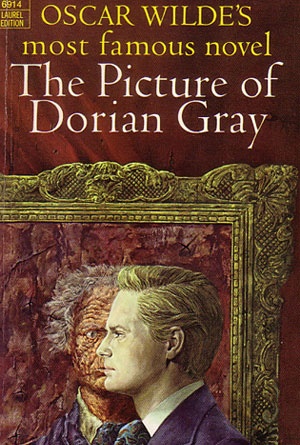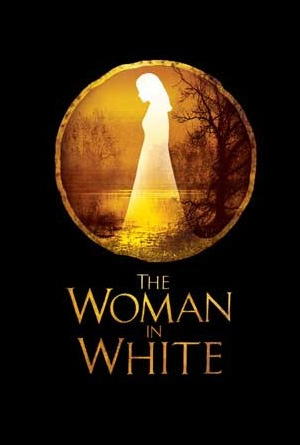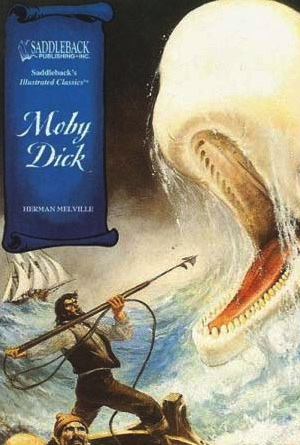The written word has long been the great communicator between people. With newspapers, books, letters, we speak to one another, tell our tales, pass our knowledge and share our insights. The 19th century saw some of the greatest stories ever told, so famous that they and their covers have lived in our libraries, our hearts, and our imaginations for over a hundred years. These tales have survived the test of time, and will likely continue to do so more than a hundred years to come.
Even if they have never read the book, practically everyone has at least heard the name Frankenstein. This horror classic has survived the test of time and will continue to frighten generation after generation. Even when the story is already known, the cover art of this book immediately draws in the reader. The stereotypical mad scientist, complete with white hair and glass beakers filled with unknown liquids, sits at a table as the smoke from a cauldron-like bowl billows around him. In the background sits the scene of one of the many graves that he is to disturb in this timeless novel; and looking in the very back is the castle that he does his experiments, and brings the famous monster to life. This cover is marvelous because it is able to tell the basic story with just a picture, and anyone who has heard the tale will immediately be transported, in their minds, into the heart of it. All they have to do is turn the cover to become completely absorbed.
Yet another timeless tale with yet another incredible piece of cover art that perfectly portrays the main emphasis of the story that it cradles. Moby Dick is another classic story that is so well known, even to those that have never read its pages, that this one simple illustration is more than enough to embody the power of the book. The giant white whale and the mad captain, frozen forever in their heated battle. This cover beautifully captures the very essence of this story, from the massive ship in the far background, to the unsettle seas, to the head of a man which can only be the narrator barely poking up from the bottom. He is a part of the story, but it is not his story. He is only there to watch, to see, and to tell the tale, just as this picture suggests. It is an incredible illustration that perfectly captures the power of the book, and displays for all potential readers.
 Alice’s Adventures in Wonderland by Lewis Carroll
Alice’s Adventures in Wonderland by Lewis Carroll
This is another classic that is great for the young and the young at heart, as its fantastic tales are entertaining for readers of all ages. This cover art is also incredibly appealing to any potential readers, new or old, that are passing by this book on the shelf. The style of drawing lets readers know (if they didn’t already) that this is truly a timely classic. The way that the picture has been drawn is unique not just to the time period but to Alice’s Adventures themselves. The young girl in the iconic blue and white dress stands politely, looking up at the smiling cat in the tree. Two of the most memorable, if not favorite, characters from these tales make a memorable pose on the cover to immediately draw in readers; and it doesn’t matter if they have read the story a hundred times or are about to read it for the very first time. The border around the book helps to enclose the illustration beautifully and really adds the finishing touch to this enchanting cover.
 The Picture of Dorian Gray by Oscar Wilde
The Picture of Dorian Gray by Oscar Wilde
It doesn’t matter what captures your attention first: the strange illustration or the words that stand above it, this cover has been expertly created to immediately capture and hold the attention, as well as the interest, of passersby. The yellow lettering of the author’s name, and the interesting piquing information that this is his most famous novel, stand out perfectly from the red of the background, making them impossible to miss. The same is true of the white lettering of the title. Then there is the strange and a little startling image that takes over the lower half of the cover. A young and handsome man stands silhouetted against a ghastly painting. On first glance it appears he is only passing by, but when the reader’s mind is able to catch up with their mind, they realize that the man in the painting looks very similar to the man walking by; their suit and tie are the same, and one face seems to complete the other. And of course, the title itself suggests that this is in fact the same man, but why is one so old, and the other so young? Only by reading this novel will the passerby find out, and this cover had created more than enough intrigue to make that happen.
 The Woman in White by Wilkie Collins
The Woman in White by Wilkie Collins
Sometimes it is the simplest of images that creates the most powerful effects, and this cover is a perfect example. A solid black creates the perfect backdrop for the portrait of a ghostly woman walking across a golden landscape. The title of gold letters contrasts beautifully against the same background, but even though the title is clear, the actually story line is not. In fact, by creating such a simple cover with only the slightest hint as to the tale that is told within, this cover has also creating an intense curiosity and rising interest. Potential readers will be so drawn by the disappearing woman in white that they will just have to read her full story.




